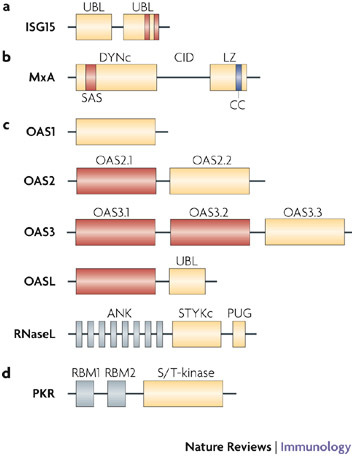Figure 2. Domain structure of antiviral proteins.

a | Interferon-stimulated protein of 15 kDa (ISG15) contains two ubiquitin-like (UBL) domains. The C-terminal UBL encodes conserved hydrophobic patches, charged pockets (indicated by vertical bars) and diglycine residues similar to ubiquitin and other ubiquitin-like proteins. Accordingly, the C-terminal UBL is sufficient for activation and transfer of ISG15 to E1 and E2 enzymes. However, the N-terminal UBL seems to be necessary for E3-mediated conjugation to protein substrates. b | The distinguishing features of the dynamin protein family of Mx GTPases are the large GTP-binding domain (DYNc) that contains three consensus GTP-binding elements (not indicated) and a self-assembly sequence (SAS), the central interactive domain (CID), and the C-terminal leucine zipper (LZ). The LZ region contains a coiled-coil (CC) domain at its C terminus that forms bundles of α-helices involved in protein–protein interactions. c | The 2′,5′-oligoadenylate synthetase 1 (OAS1), OAS2 and OAS3 proteins contain 1, 2 or 3 copies respectively, of the OAS domains. Duplicated OAS domains in OAS2 and OAS3, and the single domain in OASL (OAS-like) are catalytically inactive (shown in red). The C-termini of all the OAS proteins are variable, with OASL also encoding a unique UBL domain. The OAS domain produces 2′,5′-oligoadenylates that activate ribonuclease L (RNaseL). RNaseL has eight N-terminal ankyrin repeats (ANK), which mediate protein–protein interactions, and two kinase-like domains, a Ser/Thr/Tyr kinase (STYKc) and a PUG domain that are found in some kinases and several other nuclear proteins. However, neither domain has functional kinase activity. d |Protein kinase R (PKR) contains two repeated RNA-binding motifs (RBMs), which together constitute the N-terminal RNA-binding domain. On binding of viral RNA, steric inhibition of enzyme activity is relieved, leading to the activation of the C-terminal serine/threonine protein kinase domain (S/T-kinase).
